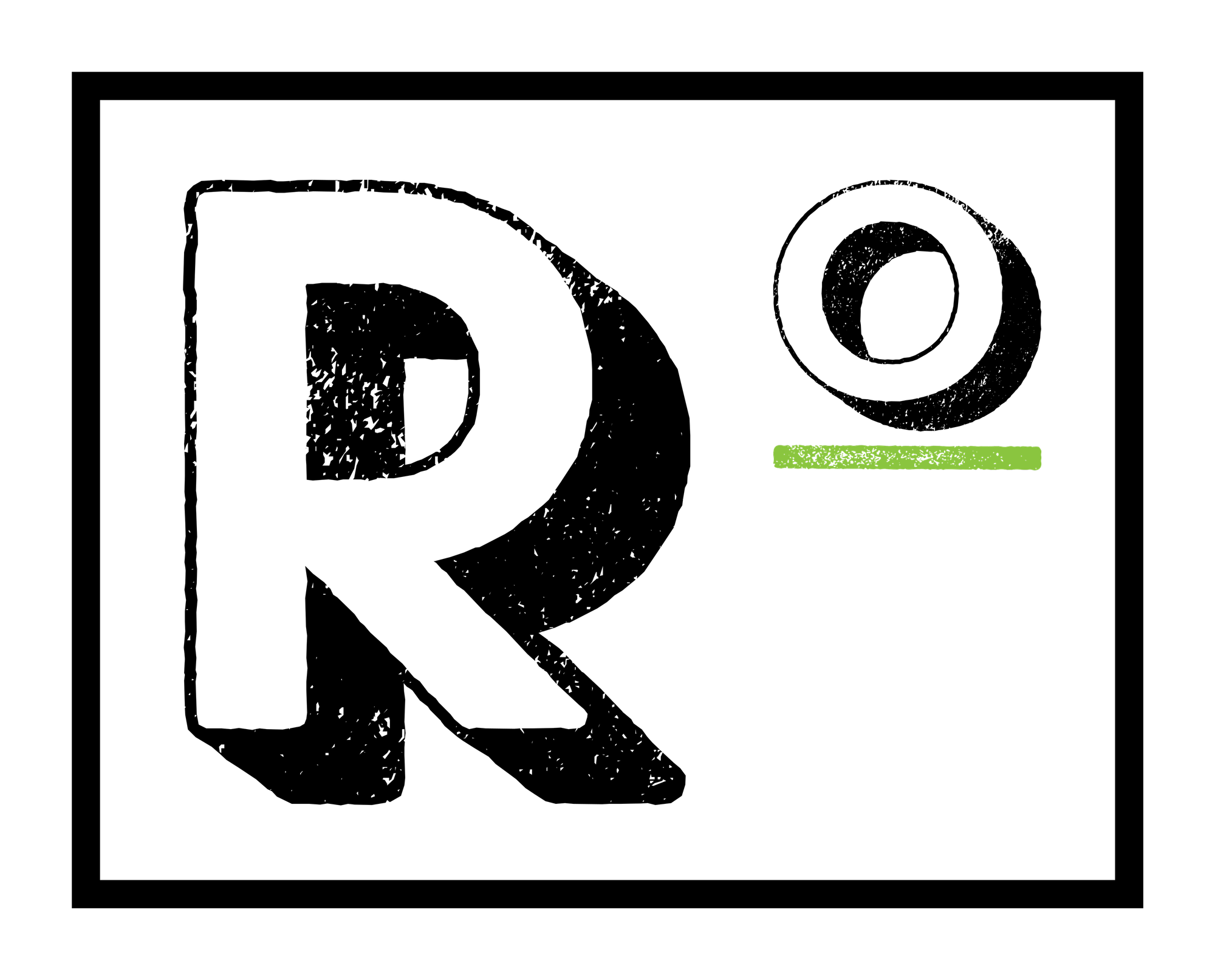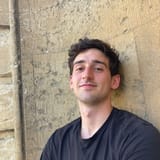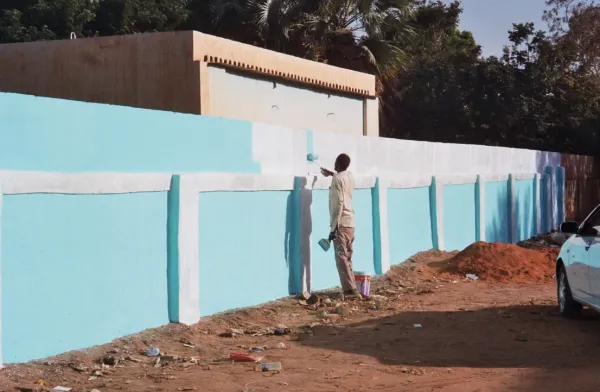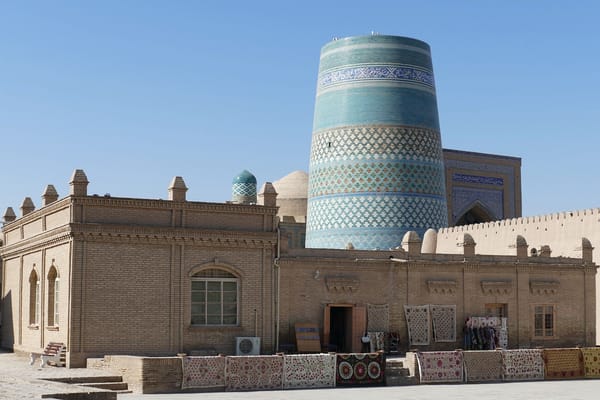Little Thinking Minds: Edtech in MENA
By Rama Kayyali
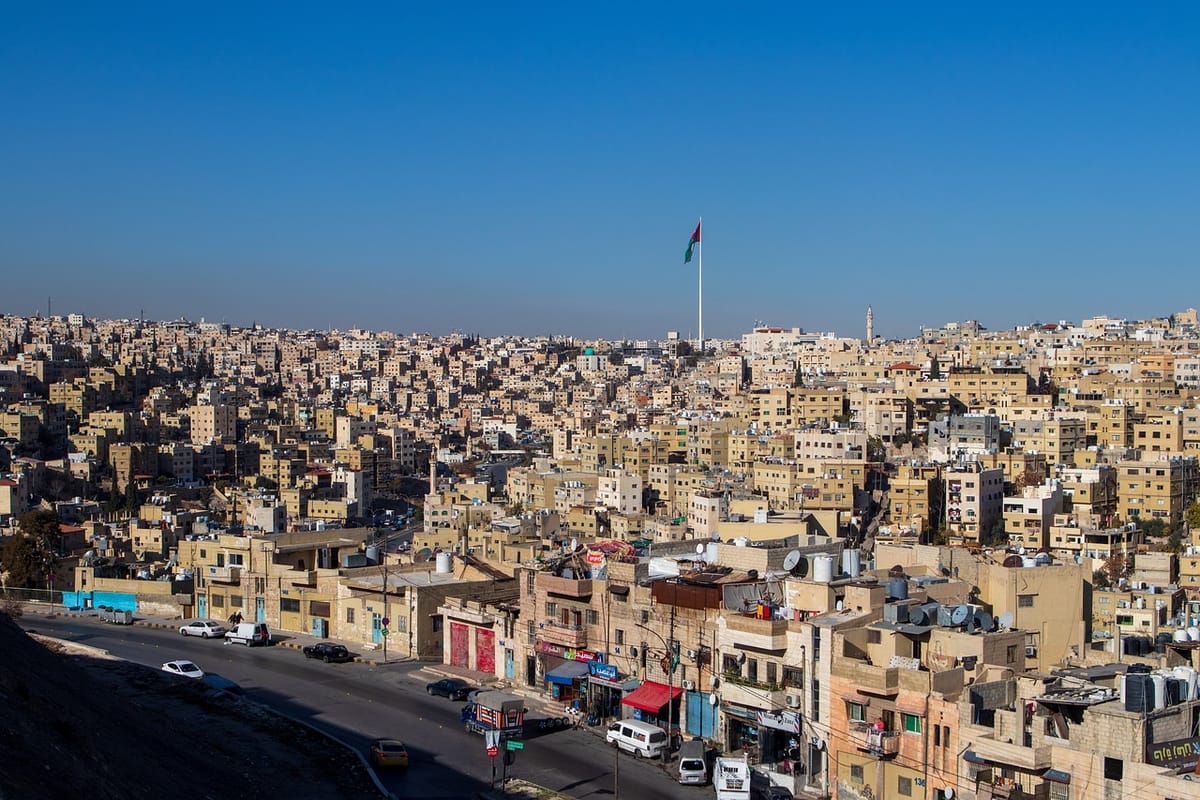

The Realistic Optimist publishes interviews and opinion pieces with the people building the globalized startup scene.
Paid subscribers work at Endeavor, Sturgeon Capital, 500 Global and more.

Biography:
Rama Kayyali is the co-founder and CEO of Little Thinking Minds, a MENA based edtech.
LTM provides the region’s schools with Arabic language learning and reading content, on various topics. The company was founded in 2004 and serves 800 schools. Its content is consumed by over 400,000 students.
The absence of Arabic kids content led you to start the company. What were the causes for that absence?
Parents who were interested and had the means to engage their children in educational content often chose English products, as they assumed their children were already exposed to Arabic day-to-day. Arabic wasn’t viewed as useful, whereas English was the language of opportunity.
On a more prosaic level, pre-internet distribution of kids content was difficult regionally. Arabic dialects differ, books are expensive to produce, trade (shipping and customs) across countries is tortuous… the incentives weren’t right.
I ran into this problem after giving birth to my first son. All of the engaging, educational kids audio visual content (ie: Baby Einstein) was in English. There were no similar options in Arabic. My background was in film/video production and my co-founder, who has a similar background, ran into the same problem. That’s how Little Thinking Minds was born.
You touched upon dialects. Can you explain the difference between spoken and written Arabic?
Arabic is a diglossic language, meaning its written form differs from its spoken form. There is only 60% overlap between spoken and written Arabic. There are 22 countries in the Arab world and 22 accents, some close, some totally different.
Throughout the region, kids learn Modern Standard Arabic (MSA) in school, but speak in dialect at home. A Tunisian and a Jordanian have a hard time understanding each other if they speak in their local dialects, but they would if they used MSA.
All of our content is in MSA, as we are focusing on children being proficient readers and writers. This allows our content to transcend borders and reach the entire region. We might explore dialectic content in the future. AI gives us more tools to do so.
Why is it important for the region’s kids to speak Arabic?
Because it's deeply tied to kids’ cultural heritage and identity. If children don't learn to speak it well, they lose a connection to their roots and this important part of their identity fades.
Learning a language, especially your native one, also sharpens the mind. It helps children think better, solve problems more creatively and become stronger learners overall.
Research shows that mastering your mother tongue makes it easier to learn other languages and do well in other subjects. Teaching kids Arabic is not just about culture - it's about building a solid foundation for their overall education and future success.
You started with physical products, before pivoting to software. How so?
Our first products were Arabic animation films, which we distributed on VHS tapes and then DVDs. In some sense, that product was a victim of its own success. Our content was duplicated and sold throughout the region, at marked down prices. While it vindicated the need for our content, piracy killed our margins.
In 2011, we joined Oasis500, a Jordanian accelerator. This marked our pivot to a tech company rather than a content production company. Even with our content digitized and reaching millions of views on Youtube, the unit economics still didn’t make sense however.
We then pivoted from a B2C to a B2B model, focused on selling our content directly to schools and governments. We’re now firmly a B2B and B2G company.
B2B requires boots on the ground, constantly pitching to schools while B2C mostly requires big marketing dollars. You have to precisely define which lane you’re in. Doing both can be ruinous.
What is your product today?
It’s a platform (web and app) called “I Read Arabic”, with both a student and a teacher interface. It provides access to interactive, high-quality Arabic educational content, featuring both in-house materials and books from award-winning regional children's publishers. We are working on integrating AI to further personalize the learning experience.
Teachers can follow their students’ progress from their own interface, assign homework, listen to audio recordings and identify areas of weaknesses. Teachers can also compare their students’ performances with the rest of the region. Locally, Arabic teachers are often less tech savvy than STEM teachers and have less access to engaging, interactive content. We want to empower them.
Parents can access their kids’ dashboard to see how they’re doing. It takes three to tango: schools, students and parents. Our product covers all three bases.
Little Thinking Mind’s platform
How do you price the product?
We price our platform to make it accessible for different types of schools, including those serving refugee students.
- Volume-Based Pricing: Schools with a larger number of students benefit from lower per-student rates. This is particularly relevant for public schools, which usually cater to more students than private ones.
- Geographical Considerations: In countries like Egypt and Lebanon, where currency devaluation has been significant, we adjust pricing to reflect local economic conditions. This ensures that the platform remains affordable.
What’s your biggest challenge to date?
Schools often have limited budgets for Arabic learning, with emphasis placed on STEM subjects or English. Additionally, many Arabic teachers are resistant to adopting technology or worried about the extra workload. This makes it harder to integrate our platform effectively.
The decision-making process also varies between schools and regions. Some schools are very price-conscious and opt for cheaper, lower-quality products. Almost as if they’re ticking a box rather than prioritizing educational impact or science-backed solutions. This makes it difficult to demonstrate the value of investing in quality Arabic learning tools.
LTM’s pricing model
On the content you produce: how do you deal with cultural sensibilities?
We operate in various countries with diverse political and cultural perspectives. This complexity increases when dealing with public schools, as they are directly tied to government policies.
Our focus is on promoting gender equality by featuring main characters in diverse gender roles. We also emphasize climate and sustainability, topics that are often overlooked in our region.
Certain sensitive topics, such as divorce, politics, and religion, are best avoided due to said cultural sensitivities.
However, we can still convey subtle messages, such as the importance of emotional regulation, acceptance, tolerance and inclusivity. Our goal is to nurture an open-minded, globally aware young Arab generation.
What are some of your key numbers today?
We reach 400,000 students, half of them in private schools, the other half in public schools. 15,000 of those students are refugees. Our platform is used in more than 10 countries and 3.7 million books have been read since our inception.
LTM’s growth plans
Do your impact objectives clash with the VC funding you’ve raised?
Being backed by venture capital helped us grow our company quicker. We are now focused on scaling deeper into the region to reach all students, particularly those who are low-income, displaced or vulnerable.
To achieve this, we are exploring impact funding and other financing options, such as venture debt, loans and grants.
Many VCs we've talked to have unrealistic growth expectations. For example, some believe that since the region has 100 million students, we should be able to capture 3 million within a year. However, as I mentioned earlier, sales cycles in the government sector are painfully long and there is a lot of competition in the private sector. Growth takes longer in our region, especially in edtech.
Do you see yourself moving into the higher education sector?
At this point, we remain focused on K-12 education. The statistics from the World Bank are alarming—60% of children in the Arab World are affected by learning poverty, unable to read or write age-appropriate text by the time they are 10. This was worsened by COVID.
There’s still so much work to be done to ensure that children in the region acquire basic literacy and learning skills. Our platforms are designed to tackle these challenges, and we’re committed to making a significant impact in this space before expanding into higher education.
How do the American and the Arab edtech sector differ?
Edtech founders in the U.S. have access to significantly more resources, particularly when it comes to funding. In our region, edtech doesn’t attract the same level of interest as fintech, making investment harder to secure.
While we’ve developed a product that works regionally, we're operating in distinct national markets, each with its own bureaucratic hurdles. Sales cycles are longer and decision-making is less centralized compared to the U.S. Tech adoption here is slower and awareness of hybrid learning, though buoyed by COVID, is still limited. We often work with low-income schools where connectivity is weak, requiring us to find creative solutions to ensure our platforms function effectively.
Edtech in the U.S. is highly developed, with a strong focus on evidence-based research and proven effectiveness. In our region, the emphasis is often more on price than on impact. Many schools, especially private ones run as businesses, tend to prioritize the cheapest solution over the most effective one. This makes it challenging for us, as we're committed to delivering a product that drives real educational outcomes, not just offering the “lowest cost”.
What challenges did you face as a female founder that a man wouldn’t?
Balancing family and business was particularly difficult; raising a family while growing my company brought significant logistical overhead and required sacrifices. It was challenging for me to be "on the road" for extended periods, as societal expectations often made it difficult to prioritize work over family commitments. But being on the road is essential while growing a regional company.
The region still lacks adequate gender-lens funding, which can limit opportunities for female entrepreneurs. I often find myself as one of the only women in the room, especially during negotiations with government entities. This underscores the work that remains to be done in promoting gender equality in the business world.
The Realistic Optimist’s work is provided for informational purposes only and should not be construed as legal, business, investment, or tax advice.
